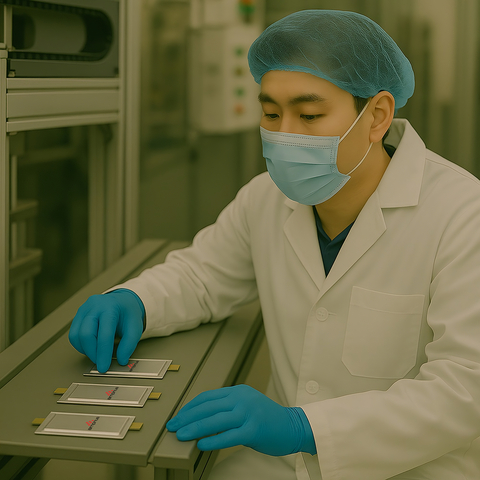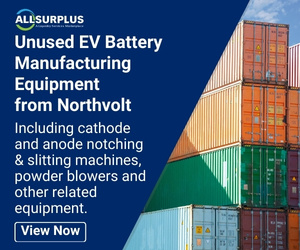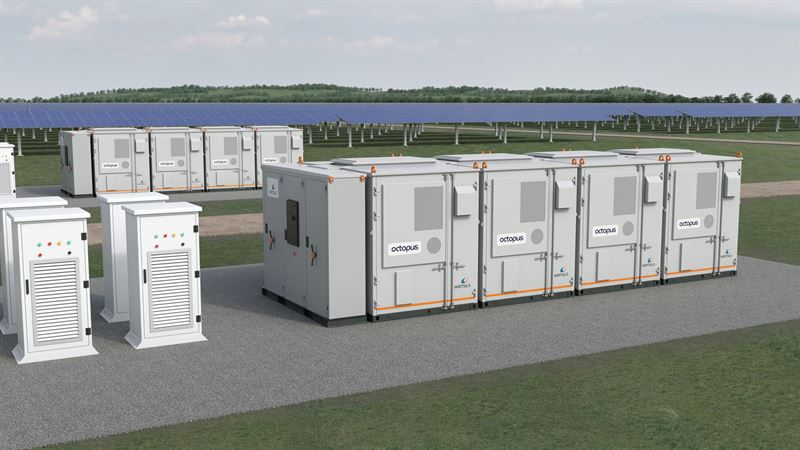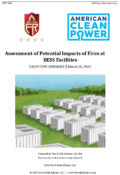Vianode, the Norwegian battery materials company owned by investment firm Altor, has announced its first high-performance solution, based on recycled graphite.
The company believes that recycled graphite will allow for North American and European battery and electric vehicle (EV) manufacturers to rely less on imported materials.
This would align with US, Canadian and EU regulation to promote of use of domestic feedstock and the EU’s target to recycle a quarter of synthetic graphite by 2030.
Anode graphite is the largest part of lithium-ion batteries by weight, usually around 70 kilograms per EV, the company said.
The reduction of emissions during production is stated to be an urgent challenge as conventional anode graphite causes 20% of battery cell emissions on average.
The new recycled graphite material is said to represent a next step towards Vianode’s emissions targets, which are 1.0kg per carbon dioxide emission per kilo of graphite.
The distinction between the synthetic anode graphite it makes, and natural anode graphite is in the proprietary high-temperature process involved.
The company is researching more recycled products at its R&D facility in Kristiansand, Norway for a circular North American and European battery value chain.
Bridget Deveney, VP product development and applications, Vianode, said: “Vianode’s proprietary recycling process enables us to recover both types of anode graphite, thereby limiting the environmental challenges traditionally associated with sourcing natural graphite. We retain the natural graphite content and enhance product quality through improved homogeneity and customized performance specifications to meet specific customer requirements.”
Image: The synthetic recycled graphite anode material. Credit: Vianode.












